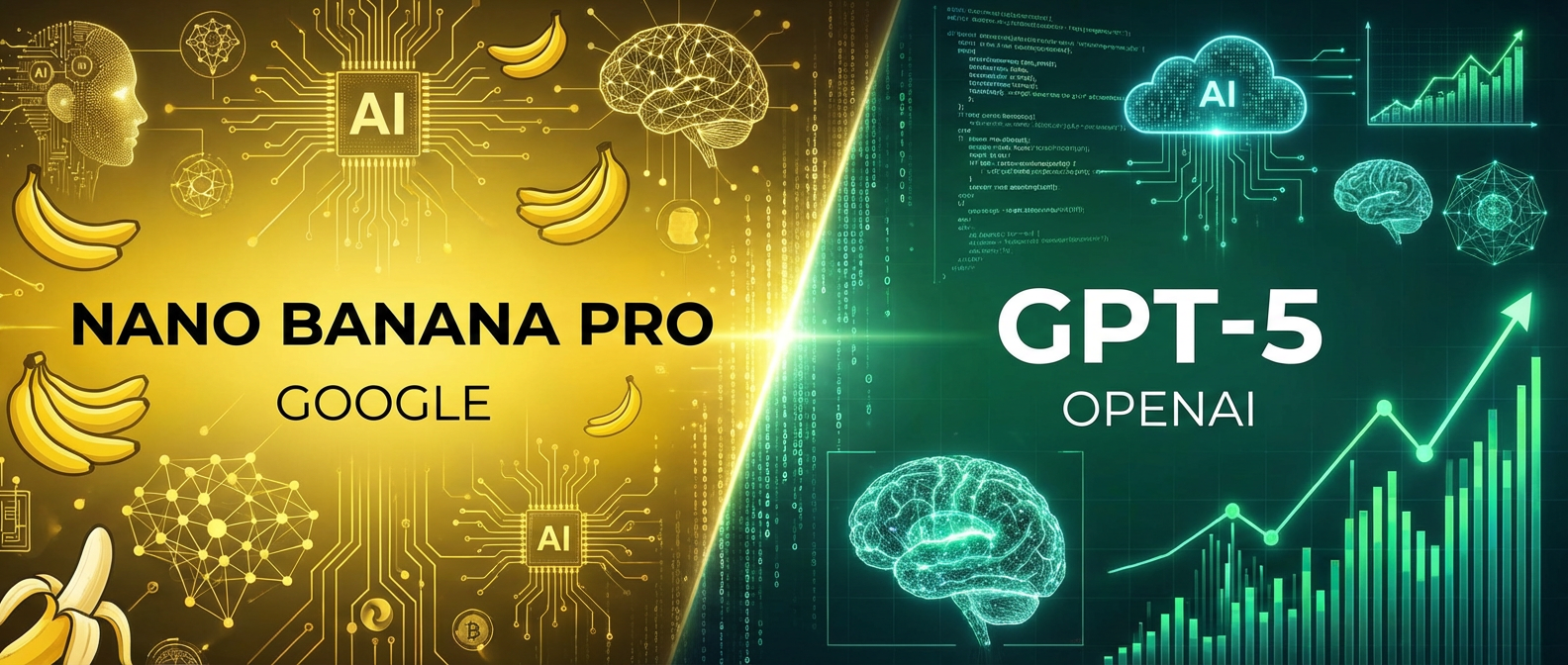Academia became filled, some would even say overfilled, with AI content and AI written texts. Both students and teachers are using AI a lot, and there are a lot of concerns about that.
Rise of AI in Education: What do teachers do
Educators now try and use a variety of AI detectors to actually see what texts were human-written and which ones were AI generated. For many, seing if original work is really orignal, is important enough to even pay for a specific tool, and schools worldwide are using specific AI detecting tools more. What can students do to still be effective and use AI, but not become disclosed? What can educators do to make sure that AI is used only as a study aid and not as homework-maker? Let's see in this article.
But Why is Using AI an issue?
I would say, it comes to three factors:
limiting of critical thinking by students
plane plagiarism
not learning anything
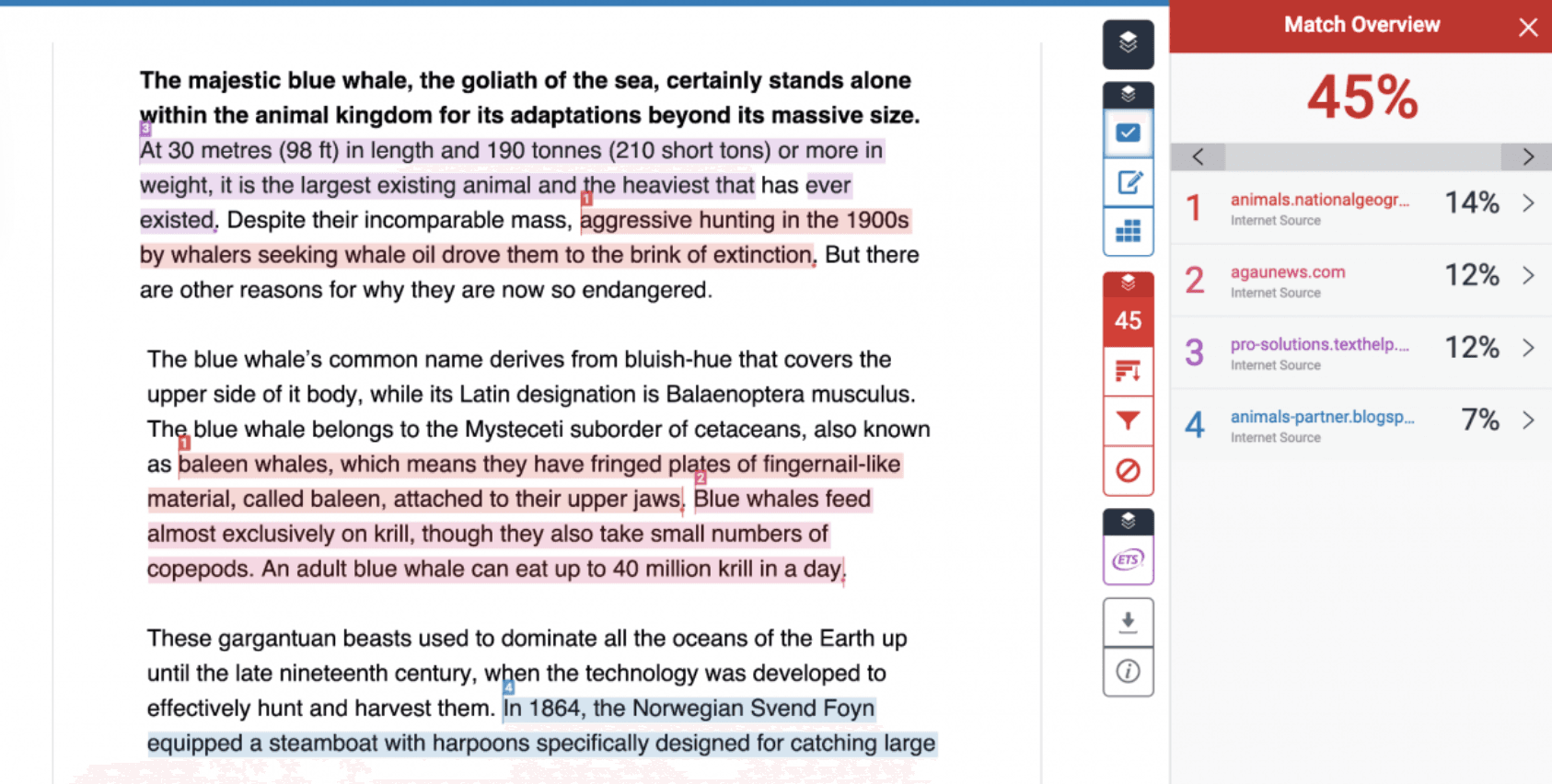
Tools that Teachers Use to Detect AI
Teachers are getting quite proficient in using AI detectors. Here are some tools that can analyze text for patterns and inconsistencies that show non-human nature:
WritingMate.ai
This tool not only helps students write but also provides teachers with AI detection features. WritingMate.ai can recognize text generated by AI by analyzing linguistic patterns and comparing them to human writing.
Example: WritingMate.ai can detect if a student's essay includes phrases or structures that are atypical for their writing level.

Writingmate not only detects AI with its AI detection assistant, but also serves as all in one AI that can help you to write, make visuals, edit files, make code, research and do much more. Try it here: https://writingmate.ai
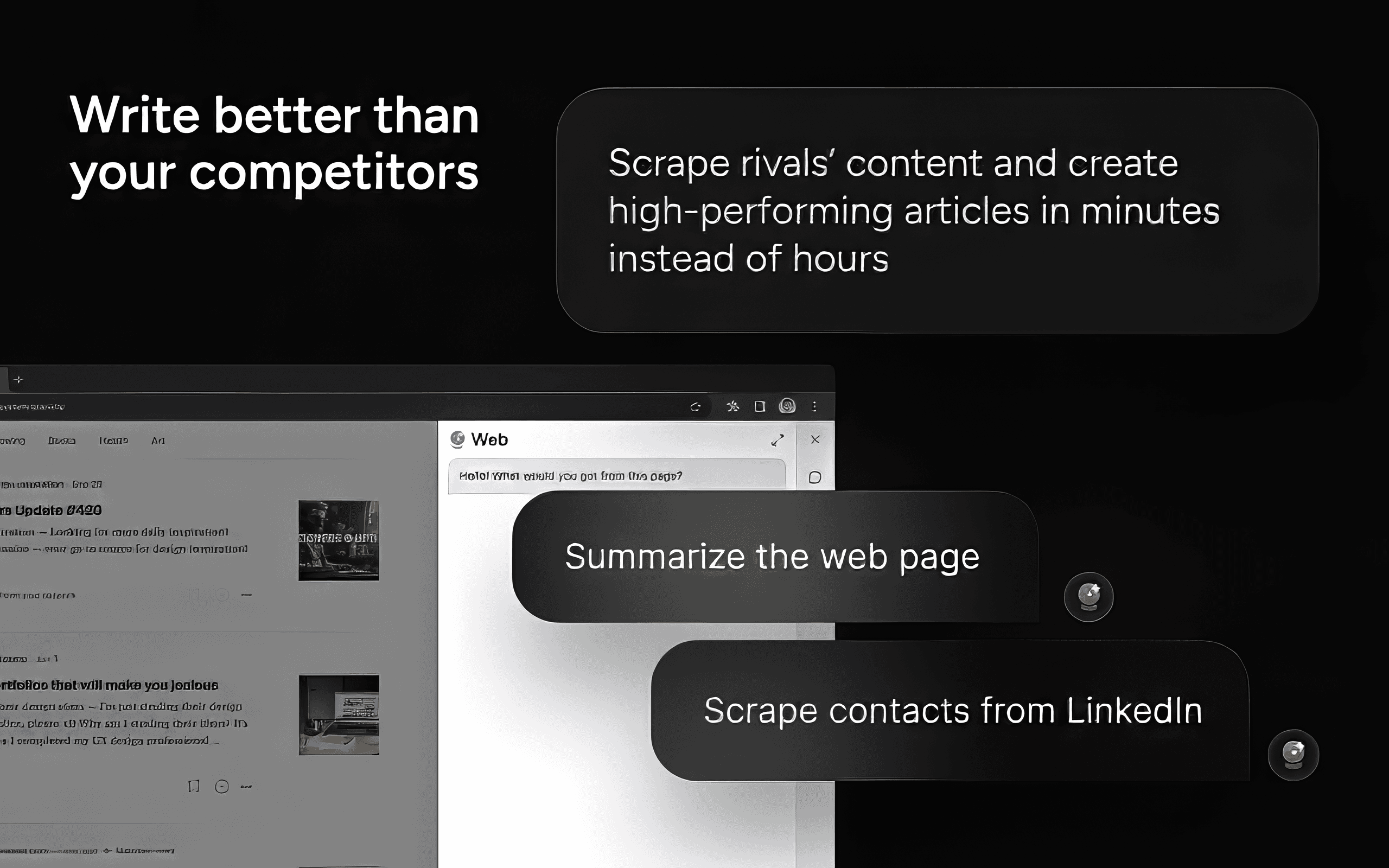
Grammarly
What this one is famous for is its grammar and spell-checking features. But, it also provides insights into writing style and ai detection. It can identify text that deviates from a student's usual writing patterns and does not look like human-written at all.
Use Case: If a student's submission suddenly improves in complexity and style, Grammarly might flag it for further review.
Turnitin
I have used this one a lot, and sometimes it still misidentifies human written text as AI. Still, Turitin in 2025 claims its AI detector is “98% accurate in detecting content created by AI”. In my experience, Turnitin tries to identify ~85% of AI text to keep false positives <1%. Its reports show that at least 10% of all student papers contain ≥20% AI content.
Originally turintin started as simple plagiarism detection tool. Now Turnitin has evolved to include AI detection. It basically checks for writing patterns typical of AI-generated text and compares submissions against a vast database of sources.
Example: Turnitin can flag essays with unusual sentence structures or repetitive phrases often found in AI-generated content.
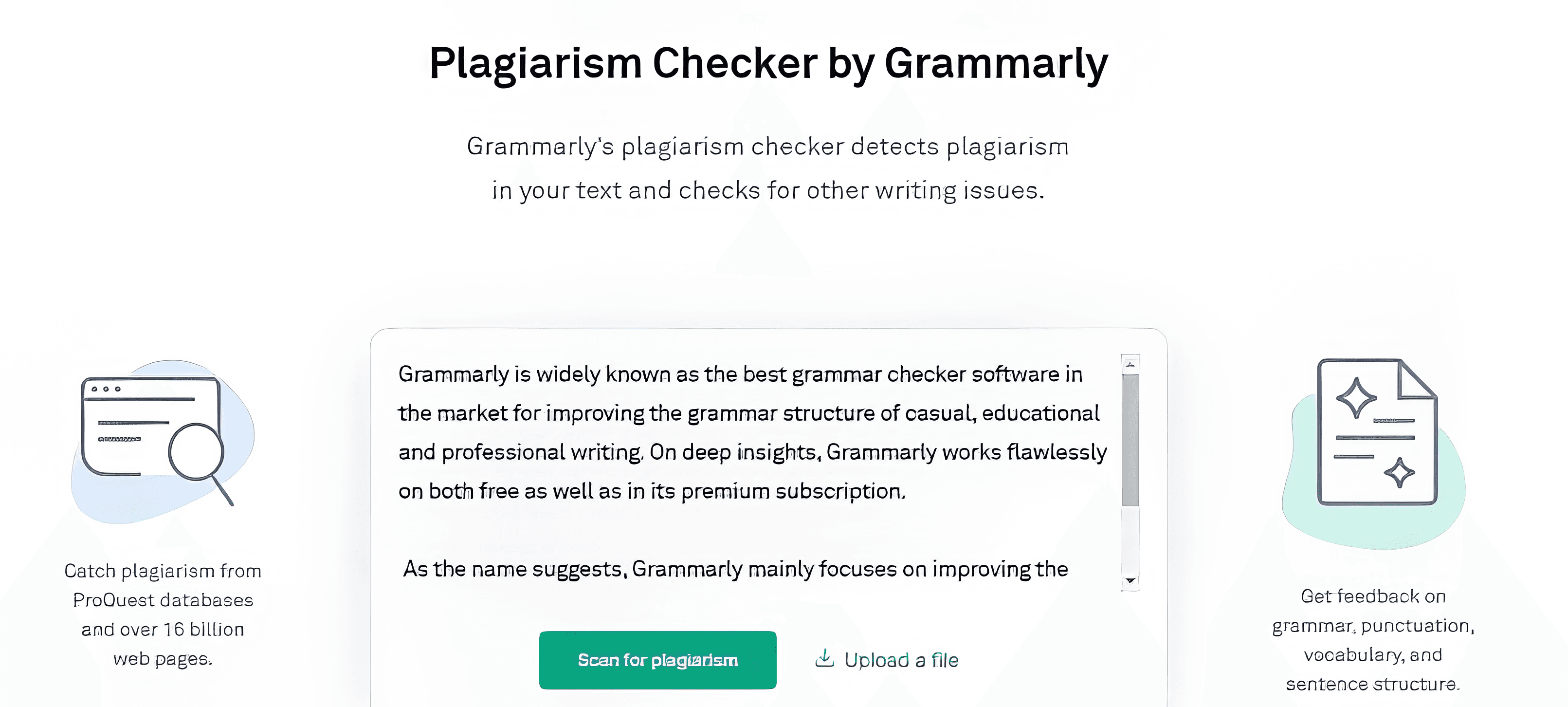
GPTZero
GPTZero’s system had scanned ~250 million documents in 2024. That is also doubling to ~500 million by mid-2025. It now has nearly 10 million users (including ~380,000 educators). GPTZero seems to have both free and paid plans, and pricing varies. There are some 30+$ options and a variety of features to try.
OpenAI's GPT-5 Native Detector
I mean that you can simply use native GPT-5 to detect content that was generated by GPT-5 or other llms. As I mentioned before, all AI detector tools are basically one AI detecting another AI. So, in general, GPT5 is of the most advanced AI language models - therefore, it can detect texts written by AI. Such method uses machine learning to distinguish between human and AI-generated text and there are also prompts for that. There is, by the way, a more adjusted version of this instrument in Writingmate: https://writingmate.ai so you can detect AI by using Writingmate, as simple as that
Use Case: Teachers can paste text into the detector to see if it was likely generated by GPT models or other AI's. Simply ask.
Copyleaks
Copyleaks has AI detection plus some of traditional plagiarism checks it had for a while. It scans text for signs of AI generation. For example, it checks for uniform sentence length and lack of personal voice, homogenaity and other features of ai-gen texts.
I have found out most of the usual functions of AI plagiarism checkers, may also aid you in understanding whether your work is (really) detactable.
Example: Copyleaks can flag assignments that are too consistent in tone and style, indicating possible AI use.
Version 9 (June 2025) of this copyleaks tool added support for GPT-4o, GPT-4.1, and o3 mini, also Google Gemini 2.5& Anthropic Claude 3.7.
Have tried its Google Docs add-on. Starting this June, it seems to have some real-time scanning. Copyleaks’ “AI Logic” (May 2025) flags AI-typical phrases, also checks if AI-generated text matches published source in full or in part.
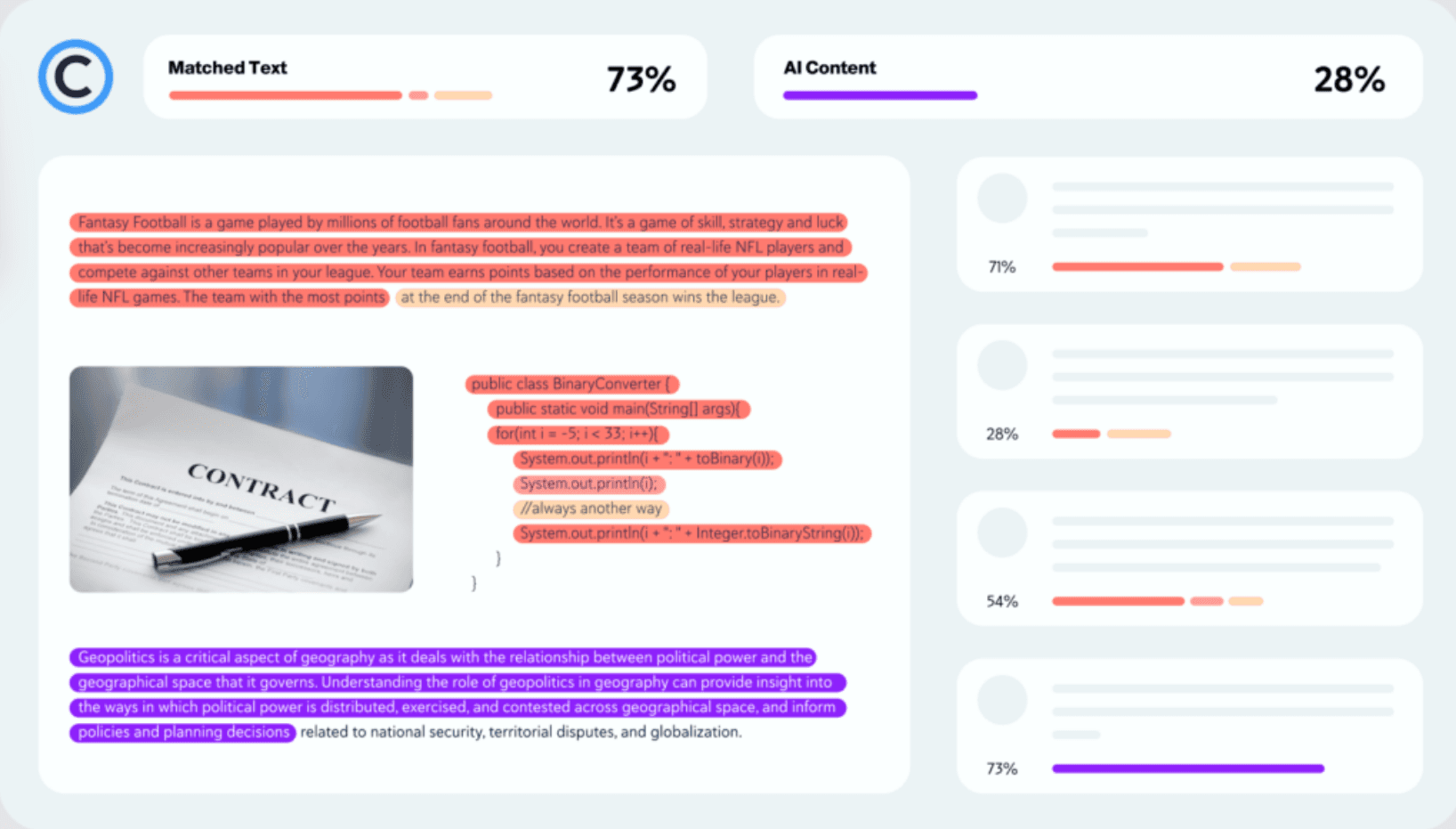
Winston AI
This is quite a basic ai detector, it provides sentence-level AI/human scoring and OCR for images or scans. There are premium plans for educators of course.

How Accurate Are AI Detection Tools?
The accuracy of AI detection tools varies. So, no tool is infallible. Here are some factors I found that influence how effective this detection really is.
Aspect of AI detection in 2025 | Explanation |
|---|---|
Algorithm Sophistication | The more advanced the algorithm, the better it can differentiate between human and AI-generated text. Tools like WritingMate.ai and OpenAI's GPT-5 itself use sophisticated machine learning models to improve detection accuracy when prompted well. |
Training Data | The quality and diversity of the training data used to develop these tools significantly impact their performance. Tools trained on extensive datasets of both human and AI-generated content tend to be more accurate. |
False Positives and Negatives | No tool is perfect. There can be false positives, where human-written text is flagged as AI-generated, and false negatives, where AI-generated content goes undetected. Continuous updates and refinements help improve accuracy over time. |
Contextual Understanding | Effective AI detection tools consider the context of the writing. So, sudden changes in writing style or vocabulary might indicate AI use, especially if they don't align with the student's previous work. |

Examples of AI Detection in Practice
Here are some practical examples of how teachers use AI detection tools:
Essay Submissions: Teachers can use tools like Turnitin or WritingMate.ai to scan student essays for signs of AI involvement. These tools highlight suspicious sections for further review.
Scenario: A teacher notices that a previously struggling student submitted a highly polished essay. Using Turnitin, the teacher finds repetitive phrases typical of AI-generated text and asks the student to explain.
Assignments and Projects: For longer assignments or projects, AI detection tools help ensure that students produce original content throughout the document.
Example: A research paper is flagged by Copyleaks for having an unusually consistent writing style. The teacher discusses this with the student to determine if AI was used.
Exams and In-Class Work: Tools like Grammarly can help compare in-class work with take-home assignments. Significant discrepancies might indicate the use of AI.
Use Case: An in-class essay is significantly different in quality compared to a take-home assignment. The teacher uses Grammarly to analyze both pieces and finds substantial differences, suggesting AI use.
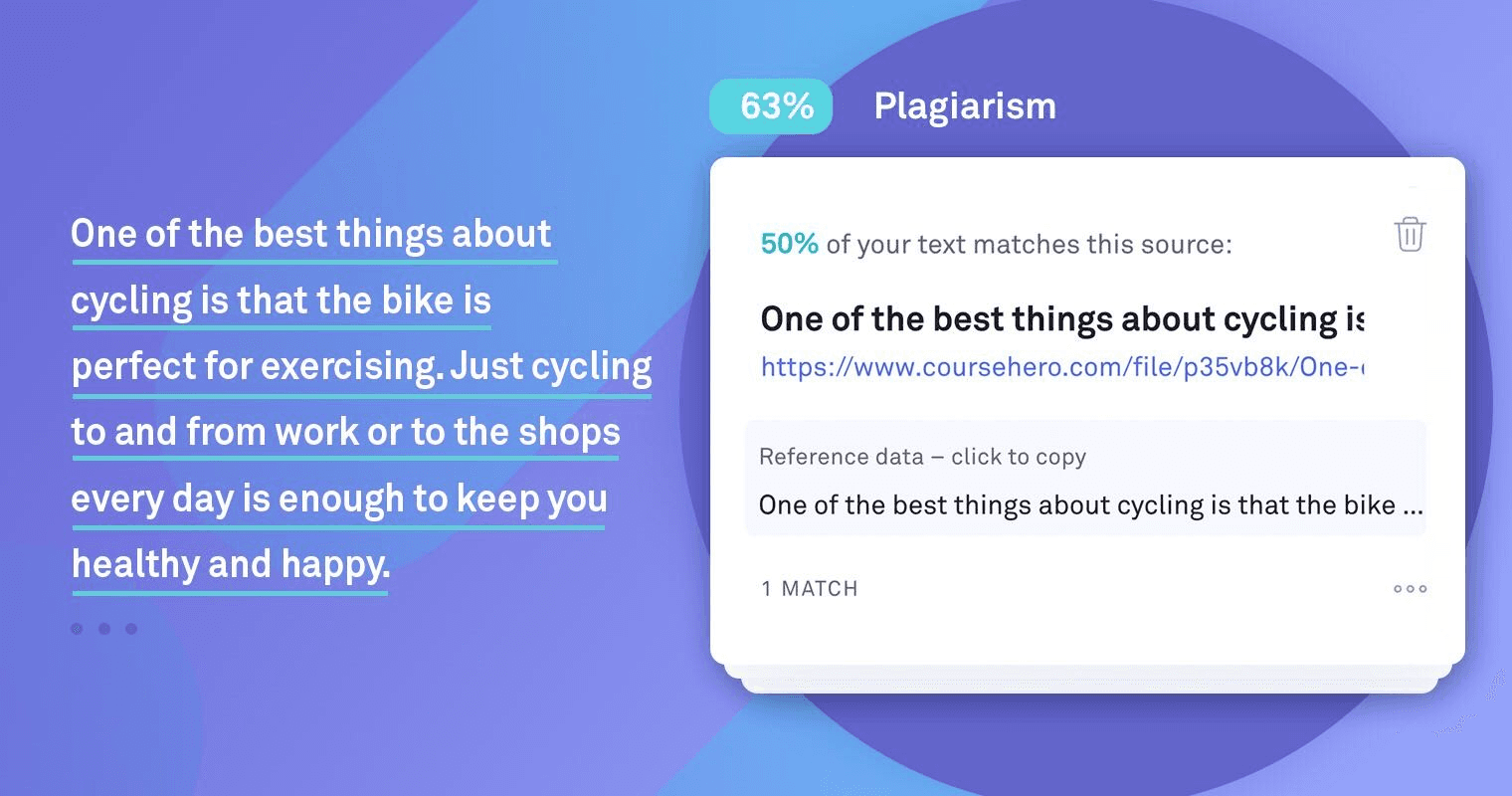
The Role of AI Detection in Academic Integrity
Ensuring academic integrity is crucial for maintaining the value of education. AI detection tools play a significant role in this by helping teachers identify non-original work. However, it's essential to use these tools responsibly and consider the broader context of each student's work.
Topic | Key Idea | In Practice / Example |
|---|---|---|
Ethical Use of AI | Instead of banning AI outright, teachers can show students how to use it responsibly. AI can be great for brainstorming or rough drafts, as long as the final version is truly the student’s own. | A teacher might give students clear “dos and don’ts” — like: use AI for idea generation, but always revise and add your own perspective. |
Balance of Detection vs Trust | Detection tools are helpful, but trust matters more. Building a classroom culture where students feel supported makes them less likely to misuse AI in the first place. | For example, openly discussing AI in class and setting transparent rules helps students understand that integrity is about respect, not just rules. |
Tools Improvements and Progress | Detection tools need to keep pace, many would say AI moves even too fast. Regular updates are a must. The tools must catch new patterns of machine-written text without unfairly flagging students who simply used ai to fact check or have written all text by themselves. | Developers (like those behind WritingMate.ai / Copyleaks) keep refining their systems to reduce false alarms and improve reliability. |
Here is how AI text Detector in Writingmate looks like, among with other custom AI assistants:
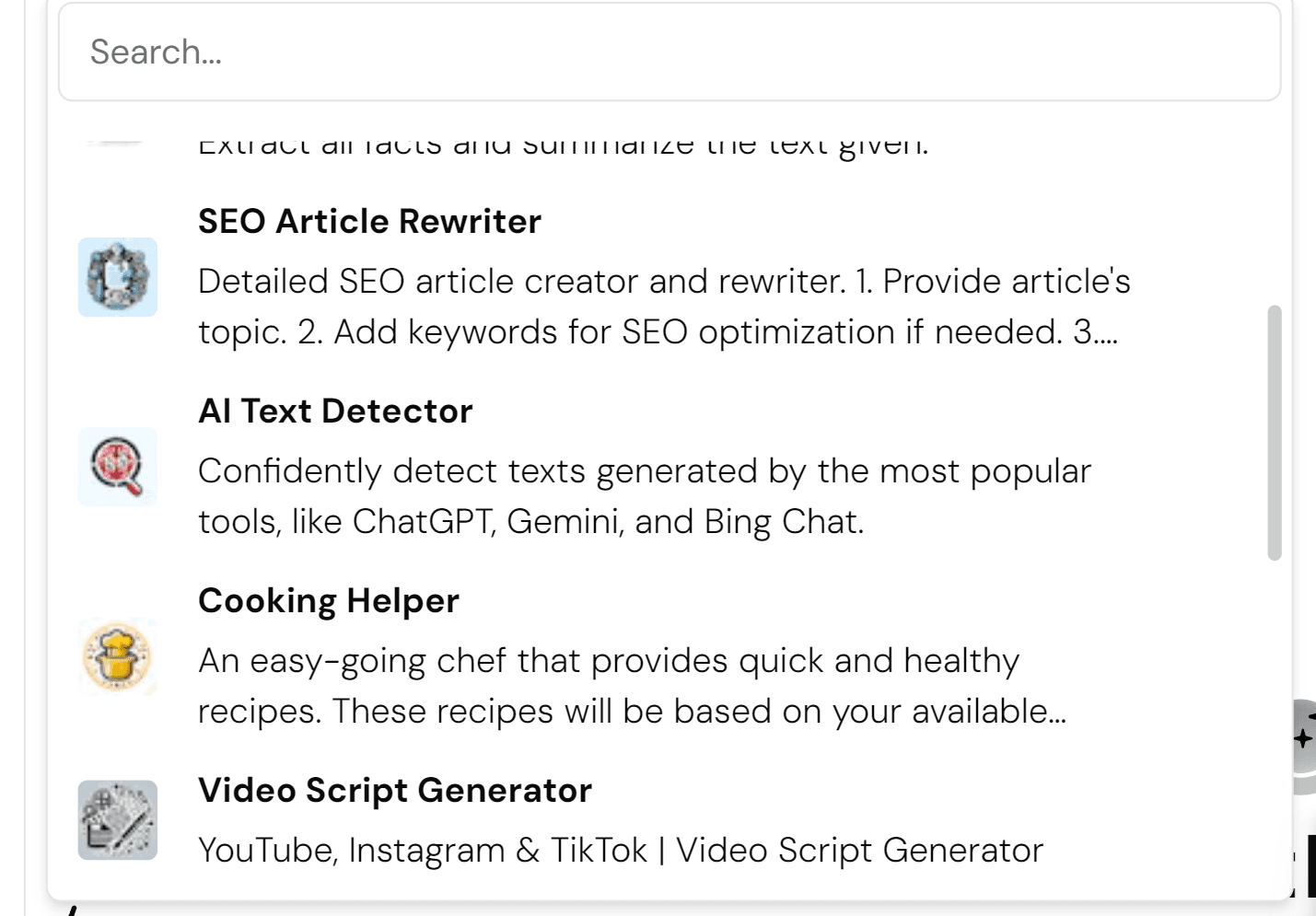
The Future of AI Detection in Education
As AI technology evolves, so will the methods for detecting AI-generated content. Here are some future trends to watch:
Advanced AI Models: Future AI models will likely become better at mimicking human writing, making detection more challenging. Detection tools will need to evolve to stay ahead of these advancements.
Example: Future versions of GPT-3 or new models like GPT-4 will need even more sophisticated detection algorithms.
Integration with Educational Platforms: AI detection tools will become more integrated with learning management systems (LMS) & also different educational platforms.
Use Case: Tools like Turnitin or WritingMate.ai could be integrated directly into platforms like Google Classroom or Canvas for real-time AI detection.
Enhanced User Experience: Improved user interfaces and reporting features will make it easier for teachers to understand, to act on detection results.
Example: A dashboard that highlights suspicious sections of text and provides detailed explanations will help teachers make informed decisions.

Writingmate as Multi-Model AI Tool
In addition to AI detection, tools like Writingmate offer multiple AI models in a single web app. Users can access top AI models such as GPT-5, Claude 4 sonnet, Mistral, and LLama maverick for various tasks, including text generation and image creation. Writingmate also includes AI detection and plagiarism detection features, providing a comprehensive solution for academic and professional use. New Writingmate also helps to do custom assistants and has some build-in, as AI agents to simply use. For example, Medical Student Assistant or Social Media Captions writer. So you can access all the newest AI models them from a single web app on Windows, MacOS and other systems. Try it out here: https://writingmate.ai.
We also have a detailed and useful blog. There, I explore the latest innovations with a focus on enhancing productivity and maintaining integrity.
Written by
Artem Vysotsky
Ex-Staff Engineer at Meta. Building the technical foundation to make AI accessible to everyone.
Reviewed by
Sergey Vysotsky
Ex-Chief Editor / PM at Mosaic. Passionate about making AI accessible and affordable for everyone.


